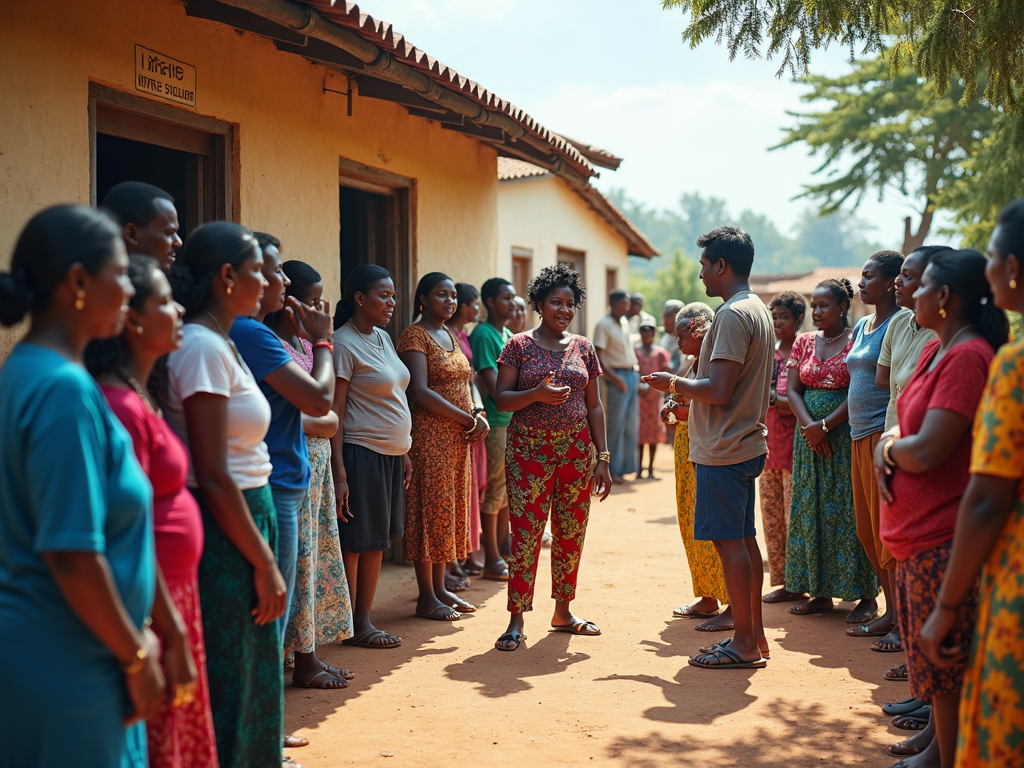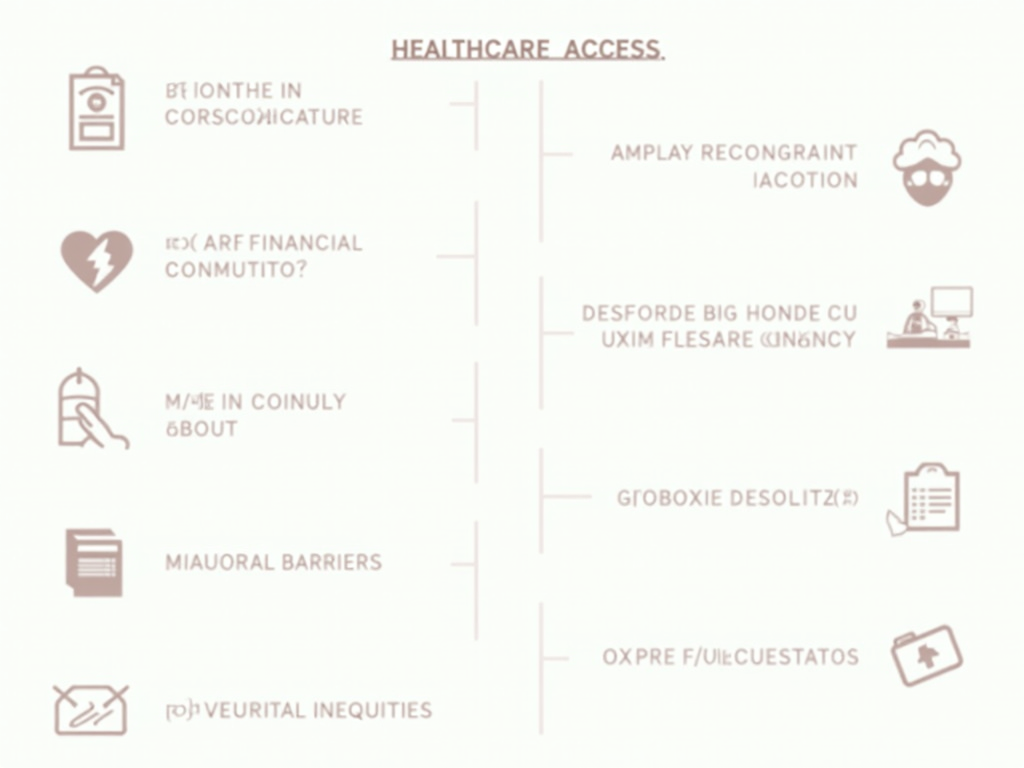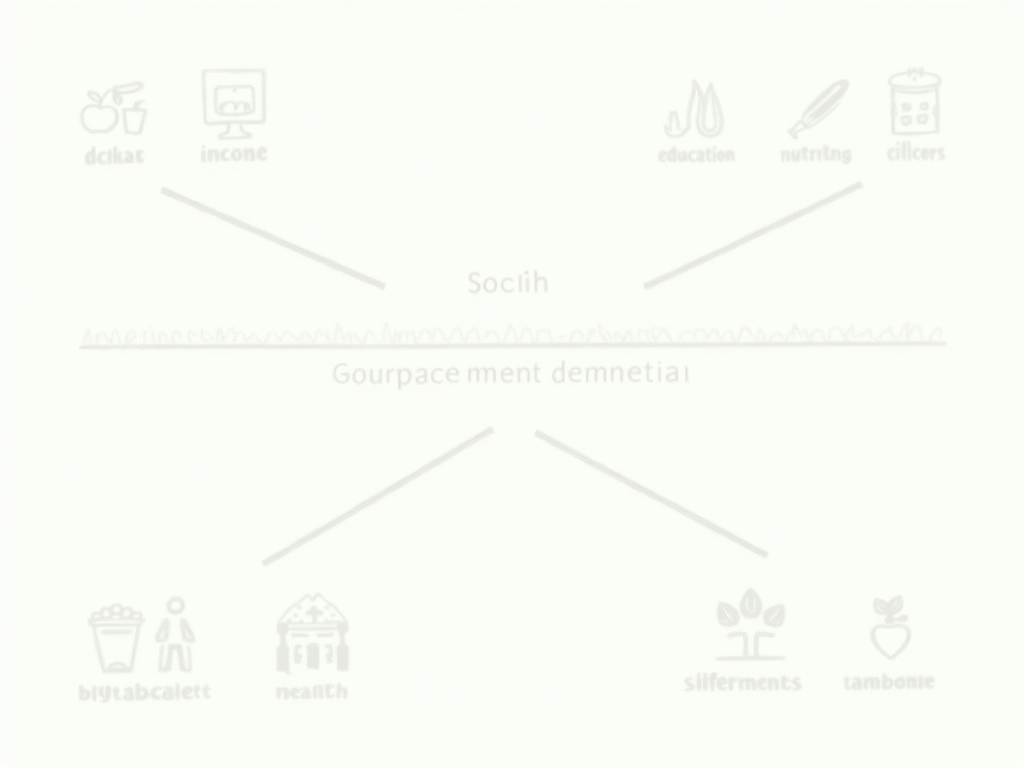Healthcare is a fundamental human right, yet millions of people worldwide face barriers to accessing quality care. These barriers—ranging from socioeconomic factors to systemic inequities—prevent individuals from receiving the medical attention they need. In this article, we’ll explore the challenges of healthcare access, the impact of social determinants on health, and the steps we can take to achieve health equity. We’ll also highlight the crucial role of community health workers in bridging the gap in underserved communities. By understanding these issues, we can work together to create a fairer, more accessible healthcare system for all.

Understanding the Barriers to Healthcare Access
Access to healthcare is not just about having a hospital or clinic nearby. It’s about affordability, availability, and the ability to navigate the healthcare system. For many, especially in underserved communities, these barriers are overwhelming. Financial constraints, lack of transportation, and limited health literacy often prevent people from seeking care. Additionally, systemic issues like racial and ethnic disparities further widen the gap. Breaking down these barriers requires a multifaceted approach that addresses both individual and structural challenges.
Key Barriers to Healthcare Access:
- Financial Constraints: High costs of medical services and lack of insurance.
- Geographic Location: Limited availability of healthcare facilities in rural or underserved areas.
- Health Literacy: Difficulty understanding medical information and navigating the healthcare system.
- Cultural and Language Barriers: Miscommunication and mistrust between patients and providers.
- Systemic Inequities: Discrimination and bias within the healthcare system.

Access to Care: Bridging the Gap in Underserved Communities
Underserved communities—whether rural, urban, or marginalized—often bear the brunt of healthcare disparities. These communities face unique challenges, such as a shortage of healthcare providers and limited access to specialized care. However, innovative solutions are emerging to bridge this gap. Telemedicine, mobile clinics, and community health programs are making healthcare more accessible. By leveraging technology and community resources, we can ensure that everyone, regardless of location, has access to quality care.
Personal Insight: A Story from the Field
During a visit to a rural health clinic, I met Maria, a single mother who had traveled over two hours to see a doctor. She shared how the lack of nearby healthcare facilities forced her to miss work and arrange childcare just to get basic medical attention. Her story is not unique; it’s a reality for many in underserved areas. This experience underscored the urgent need for accessible healthcare solutions that meet people where they are.

The Impact of Social Determinants on Health: A Deep Dive
Health is not solely determined by medical care; it’s shaped by social, economic, and environmental factors known as social determinants of health (SDOH). These include income, education, housing, and access to nutritious food. For example, individuals living in poverty are more likely to experience chronic health conditions due to limited access to healthy food and safe living conditions. Addressing SDOH is essential for improving health outcomes and reducing disparities. By tackling these root causes, we can create a healthier society for all.
Table: Key Social Determinants of Health
| Determinant | Impact on Health |
|---|---|
| Income | Affects access to healthcare and healthy living conditions. |
| Education | Influences health literacy and employment opportunities. |
| Housing | Stable housing reduces stress and exposure to hazards. |
| Nutrition | Access to healthy food prevents chronic diseases. |
| Environment | Clean air and water are essential for good health. |

Understanding Health Equity: Steps to Fairness in Healthcare
Health equity means ensuring that everyone has a fair opportunity to achieve their highest level of health. It’s about removing obstacles and creating systems that support equal access to care. Achieving health equity requires collaboration across sectors—healthcare, education, housing, and more. Policies that promote universal healthcare, affordable housing, and education can help level the playing field. Additionally, increasing diversity in the healthcare workforce and providing culturally competent care are crucial steps toward fairness.
Actionable Steps to Promote Health Equity:
- Advocate for Policy Changes: Support policies that expand healthcare coverage and address SDOH.
- Invest in Community Programs: Fund initiatives that provide education, nutrition, and housing support.
- Enhance Cultural Competency: Train healthcare providers to understand and respect diverse cultural backgrounds.
- Leverage Technology: Use telehealth and digital tools to reach underserved populations.
- Empower Community Health Workers: Recognize and support their role in connecting communities to care.

The Role of Community Health Workers in Access to Care
Community health workers (CHWs) are frontline heroes in the fight for healthcare access. They serve as trusted liaisons between healthcare systems and communities, providing education, support, and resources. CHWs help navigate the complexities of the healthcare system, ensuring that individuals receive the care they need. Their deep understanding of community needs and cultural nuances makes them invaluable in addressing health disparities. By empowering CHWs, we can strengthen the bridge to accessible healthcare.
Personal Insight: The Power of Connection
I once worked with a CHW named Jamal, who helped a diabetic patient manage his condition by teaching him how to monitor his blood sugar and access affordable medications. Jamal’s ability to connect on a personal level and provide practical guidance transformed the patient’s health journey. This experience highlighted how CHWs can make a tangible difference in people’s lives by breaking down barriers and fostering trust.

Conclusion: A Call to Action
Breaking down barriers to healthcare access is not just a goal; it’s a necessity for a healthier, more equitable society. By addressing social determinants, promoting health equity, and supporting community health workers, we can create a system where everyone has the opportunity to thrive. It’s time to take action—whether through advocacy, community involvement, or simply spreading awareness. Together, we can build a future where healthcare is truly accessible to all.
Discuss Here